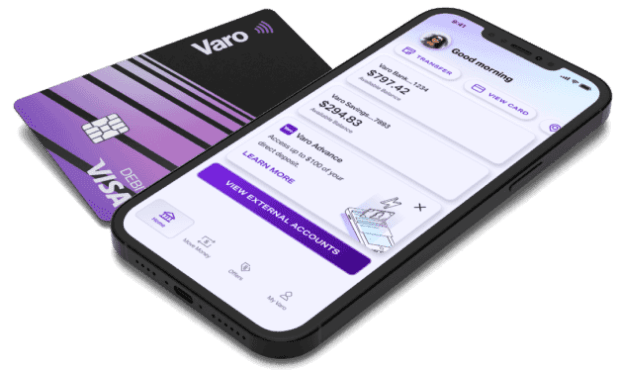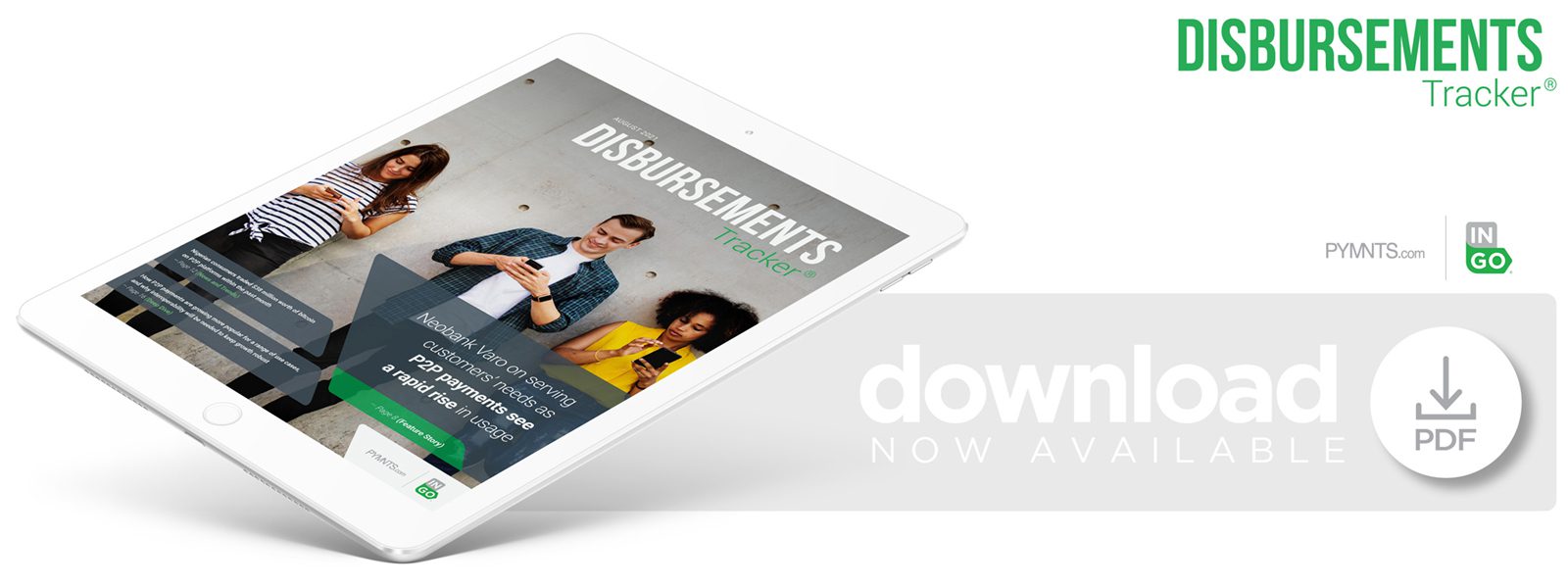Neobank Varo On Serving Customers’ Needs As P2P Payments See A Rapid Rise In Usage

Peer-to-peer (P2P) payments have demonstrated extraordinary growth in the U.S. over the past 17 months, and this trend is expected to continue.
Consumers of all ages have embraced P2P payments as their financial lives have undergone immense changes during the pandemic and as financial institutions (FIs) roll out new digital payment options to meet their needs.
Perhaps the most stunning growth in P2P transactions has occurred among millennials. One survey found that 46 percent of consumers ages 23 to 38 tapped P2P payments this year, up from 23 percent in the spring of 2020. Gains were not restricted to millennials. Generation X and Generation Z consumers increased their use of such tools, with 37 percent of consumers in each of these groups accessing P2P payments this year. Even baby boomers have been using P2P payments more frequently this year, with 13 percent saying they use them.
San Francisco-based mobile-only neobank Varo has witnessed this P2P growth up close. Wesley Wright, chief commercial and product officer at the nationally chartered FI, told PYMNTS that the rise of P2P payments reflects a nationwide shift. He explained that Varo’s customers have been requesting P2P payments heavily since the company launched in 2017, and the functionality was added two years later as a result.
“The growth has been pretty significant,” he said. “P2P payments are pretty popular. There’s strong P2P word-of-mouth, and lots of people like it as a way to move money between family members or friends for various reasons, instantaneously and at no charge.”
Wright said Varo has observed little friction among the P2P users on its platform despite the dramatic rise in P2P payments use in recent months. The system is designed to make these transactions straightforward, he said, and maintaining a scalable solution has been key to accommodating increased need.
“That’s just a normal challenge of having a high-growth business,” Wright noted.
Extending P2P Functionalities
There still are numerous opportunities for P2P payments providers to boost the technology’s adoption further. In Varo’s case, its 1 million customers can use its P2P platform only to send and receive money to one another, although Wright said it is considering whether to change this. One option on the table is providing an additional type of P2P offering that would allow customers to send and receive money across a separate platform.
“That’s something we’re considering because we’re now a chartered bank,” he said. “Previously, our sponsor bank did not want to participate, but now we control that decision on our own.”
Varo needs to answer several questions before making the decision to add another P2P service to its payments lineup, Wright explained. The company must determine how likely customers will be to use the new offering, examine the costs and fees it will entail and make other assessments as it selects a vendor or partner. He said adopting such a feature is likely to benefit FIs such as Varo by helping them form deeper relationships with customers.
Another critical factor is security, Wright said, and any P2P service Varo adopts would need to have robust fraud protection measures in place. He noted that prospective vendors must find ways to ensure that bad actors do not take over customers’ accounts and leverage P2P services to drain them immediately and irrevocably.
Where P2P Payments Go From Here
Wright also said he expects P2P payments to quickly become a preferred payment method among businesses. Many merchants are tired of handling checks and are eager to avoid rising credit card fees, and P2P solutions could offer them a speedy, frictionless way to receive instant payments.
“I’m at the doctor’s office for a routine checkup right now, and they don’t want to take credit cards because of the costs,” he said. “These payment services will grow, and we want our customers to be able to move their money and pay anyone, anytime, instantly and for free.”
The pandemic has been instrumental in accelerating P2P payments adoption among consumers of all ages, with consumers seeking digital ways to pay and be paid more quickly. Partnering with the right P2P services providers and using scalable solutions that fit the needs of a growing customer base will be key to maintaining this momentum long after the health crisis has passed.

